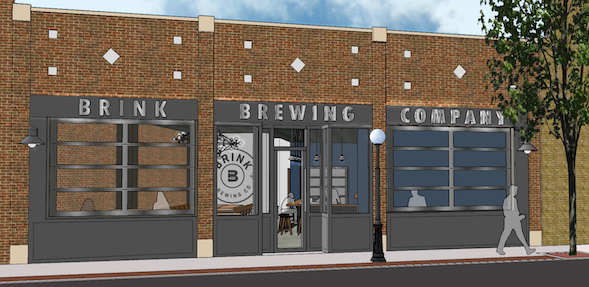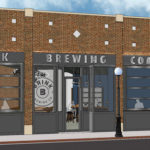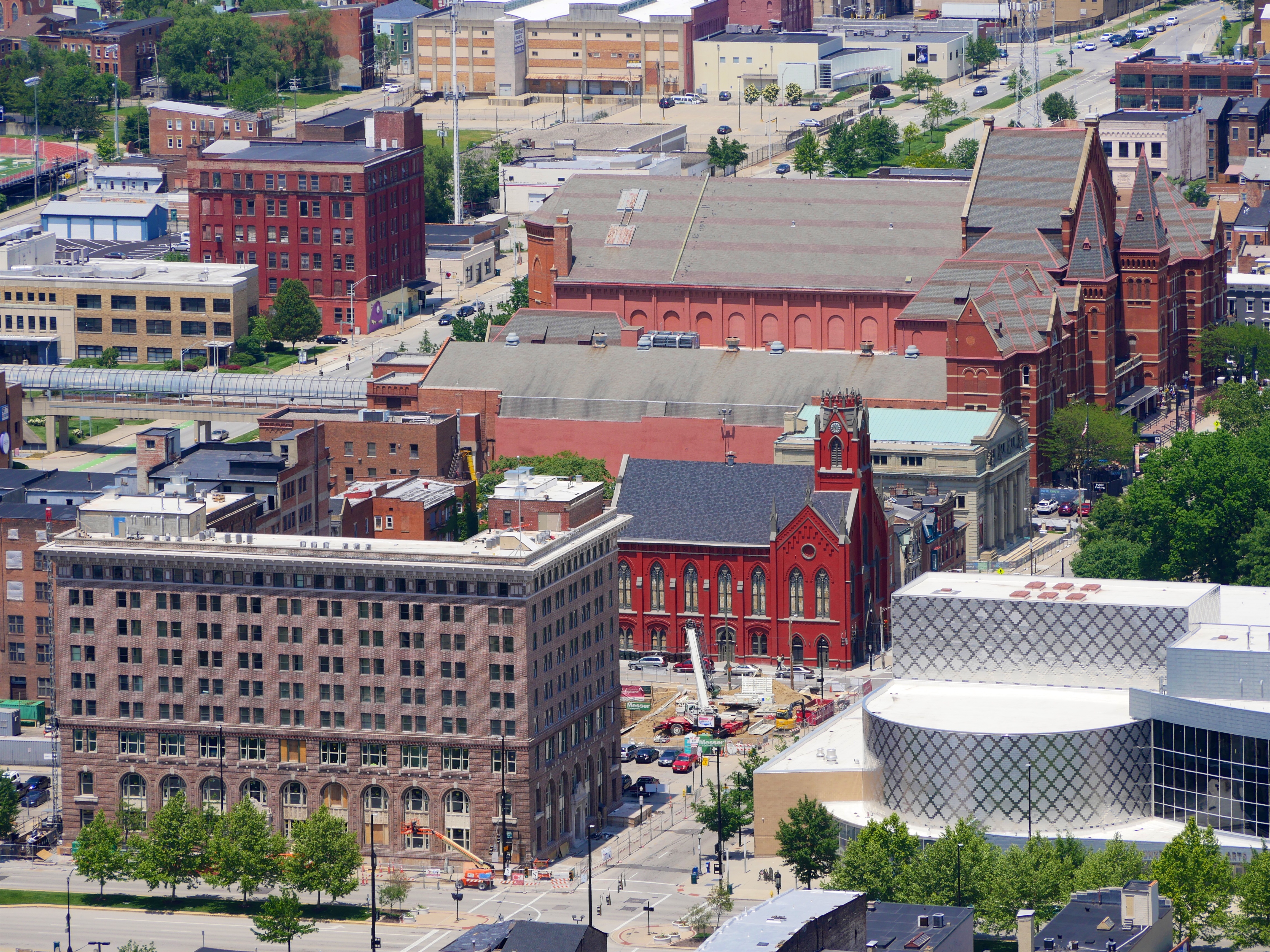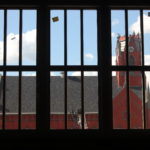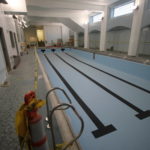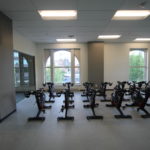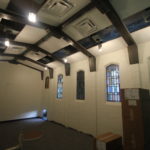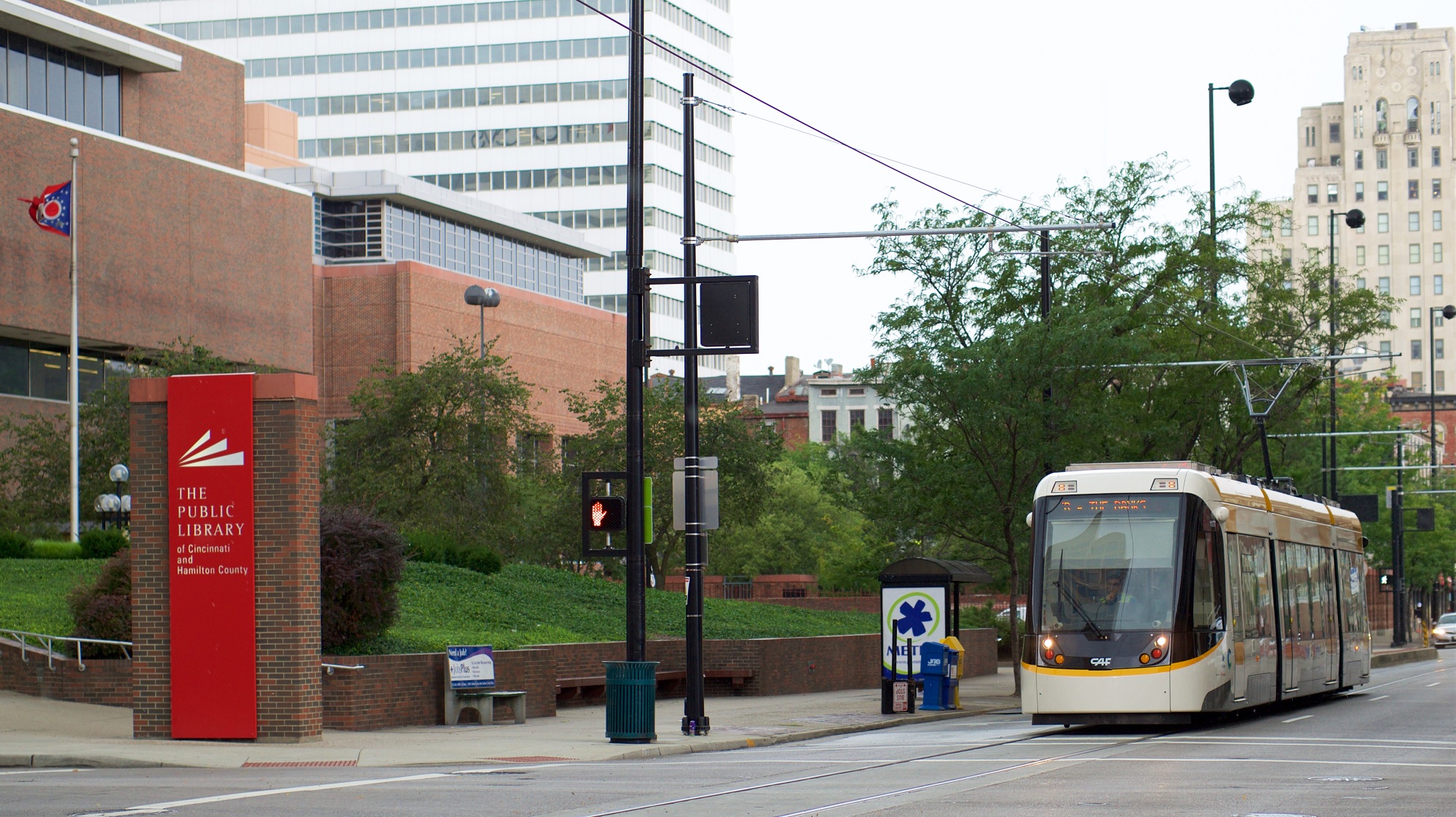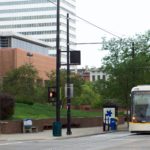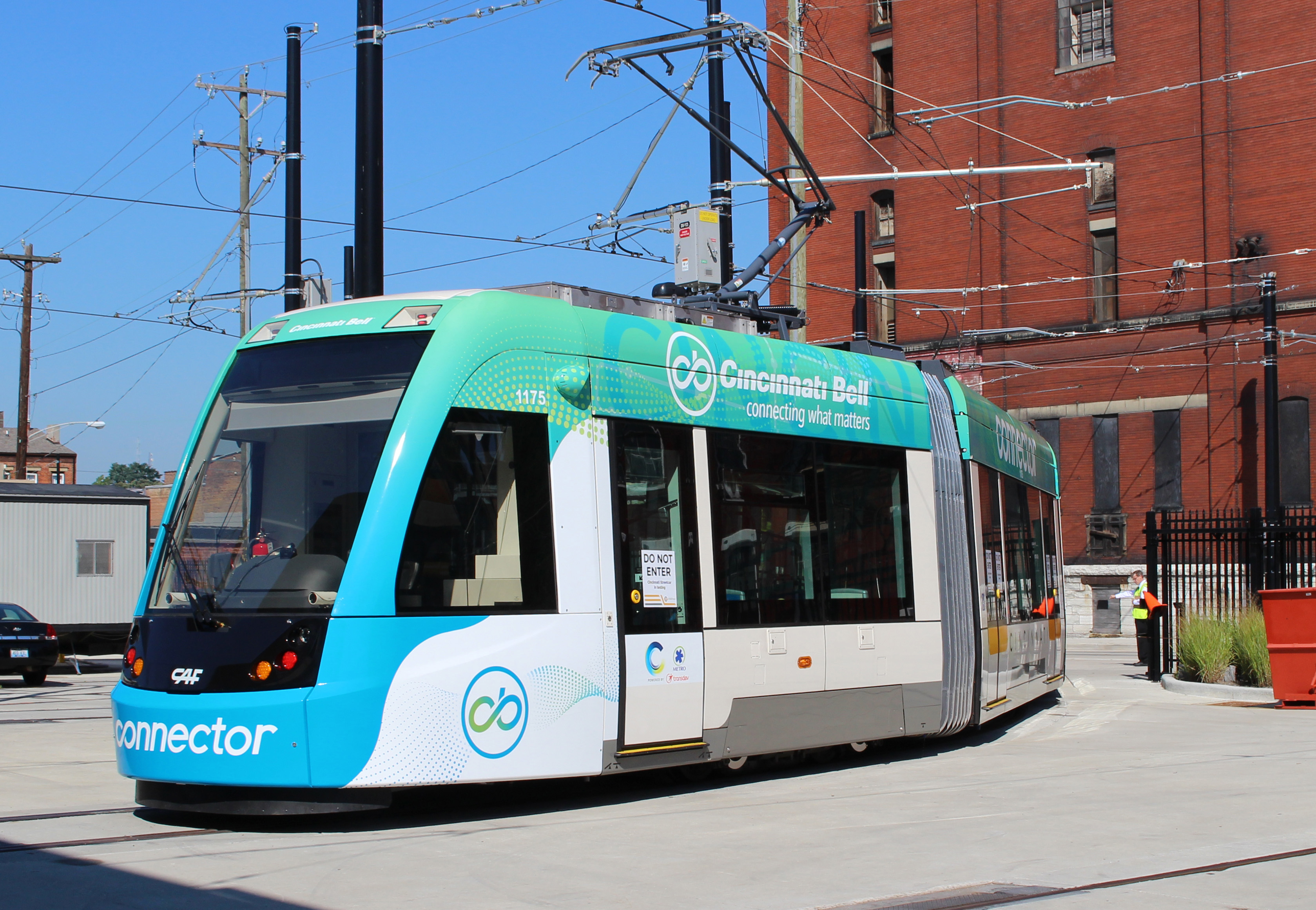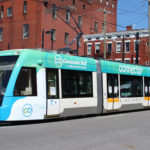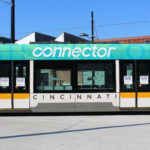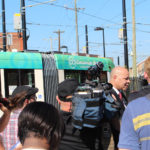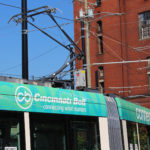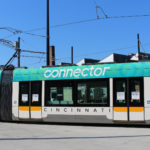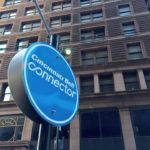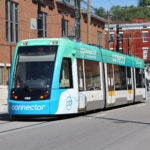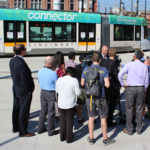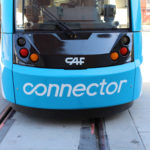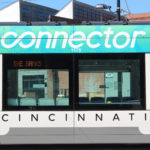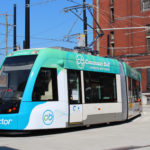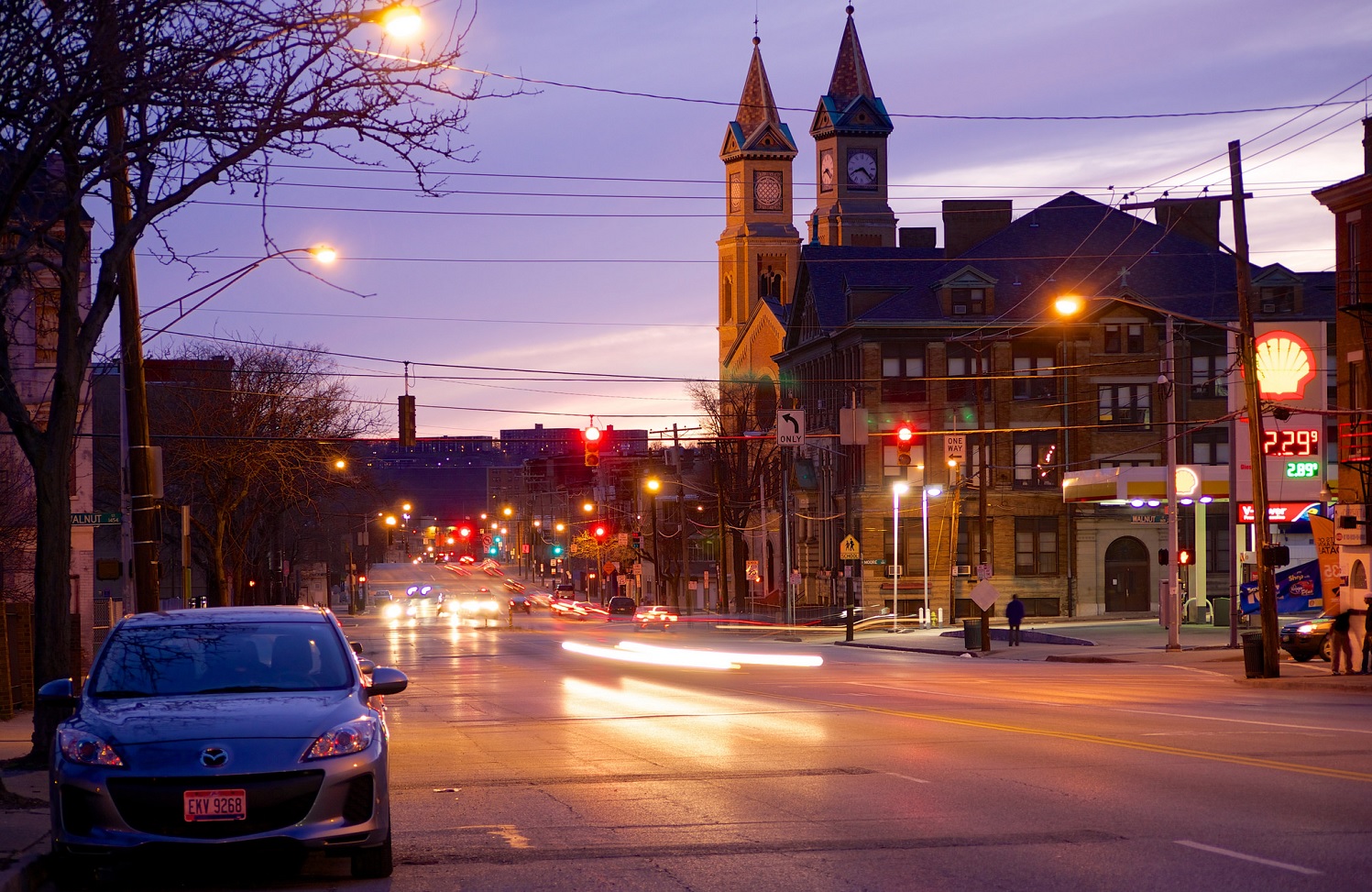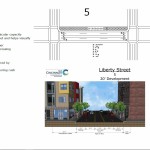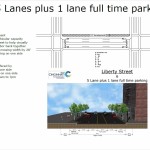The groundbreaking for the $11.1 million Marlowe Court development in College Hill shined new light on west side neighborhood, but the influx of new investment in the neighborhood’s walkable neighborhood business district has been growing for some time.
One of the next large investments will come in the form of a new brewery called Brink Brewing. While Brink is part of a larger craft beer movement that has been surging for years, it is part of a younger craft beer culture on the city’s west side; and the owners are hoping to tap into that otherwise untapped market.
“First and foremost we are aiming to serve beer lovers in and around the College Hill neighborhood,” John McGarry, marketing and design manager for Brink Brewing, told UrbanCincy. “Our sights are squarely focused on being a neighborhood-oriented tap room.”
While the Brink Brewing ownership, which includes four young couples, does not have any previous ties to College Hill, McGarry says that they were drawn to the neighborhood after discovering the passion of its residents and business owners. The walkable character of the neighborhood business district also made it an ideal choice for the Brink Brewing team.
“College Hill wasn’t part of our initial search, but as soon as we discovered it we fell in love,” said McGarry. “The stretch of Hamilton Avenue where we’ll be located is a walkable strip of small businesses with a proud past and a bright future. We met some of the other business owners there like Marty at Marty’s Hops & Vines and Megan at Fern and knew right away we should be paying attention.”
When asked about whether or not the local beer market is becoming over-saturated, he said that Brink Brewing is going after a different segment than what many other brewers are aiming for. Rather than trying to grow production and fight for tap and shelf space throughout the region, they are planning to settle into the neighborhood and serve it with high quality beer.
“From my perspective, I think brewery/taprooms are still a fairly new concept in Cincinnati. Places like Denver, Portland, and San Diego have shown that small, neighborhood focused breweries can really thrive and be a great addition to the community,” McGarry explained. “I think of brewery tap rooms much like local coffee shops, and you never hear anyone say that there are too many of those.”
Construction work is underway on transforming the 3,200-square-foot space, which will be complimented by a large outdoor patio space behind the building. After accounting for the space that will be needed for production, there should be enough room left over to accommodate 100 guests at any given time.
The amount of construction work taking place inside the 90-year-old structure is extensive. In addition to the resurfacing the front of the building through a façade improvement grant from the College Hill Community Urban Redevelopment Corporation, the interior has been completely rehabbed.
As part of the façade improvements, Brink Brewing will add a large commercial garage doors onto the front and back of the building to allow for the wall to open up on nice weather days – hopefully inviting more people from the neighborhood inside.
When it comes to the beer, McGarry says that the brewery will produce a range including pale ale, IPA, brown and stout beers. They will also serve some higher gravity and experimental beers, but will maintain a focus on core products.
“We will incorporate infusions and experimentations into some of our offerings, but we also recognize that the pendulum has swung a little too far into the exotic recently,” explained Kelly Montgomery, head brewer at Brink Brewing. “By frequently rotating our menu we feel there will always be something new to try along with the staples that have elevated craft beer.”
Since each of the young couples has young children, they say that they also hope the establishment will be family friendly. In order to help create this atmosphere, Brink Brewing will have a community table area and will even offer juice boxes, free wi-fi and board games.
The ownership group has signed a five-year lease on the space, which can be extended an additional 10 years. If all goes well, the team hopes that they can stay in the space for the long-haul.
“We want to be a part of revival of the Cincinnati beer tradition and become a part of the fabric of the neighborhood,” McGarry concluded. “We think our model of a modest-sized brewery and comfortable tap room to hang out in will allow us to do just that.”
Brink Brewing should open to the public sometime in November, and employ some 15 to 20 people within the next year or so.
